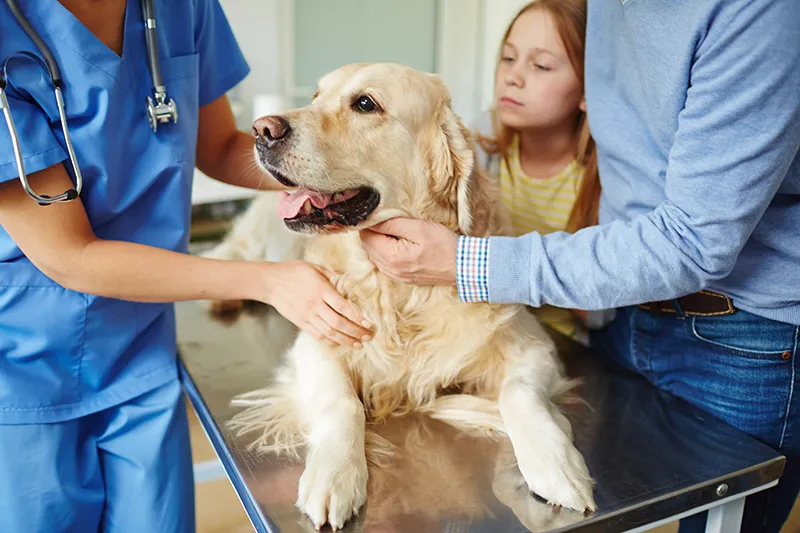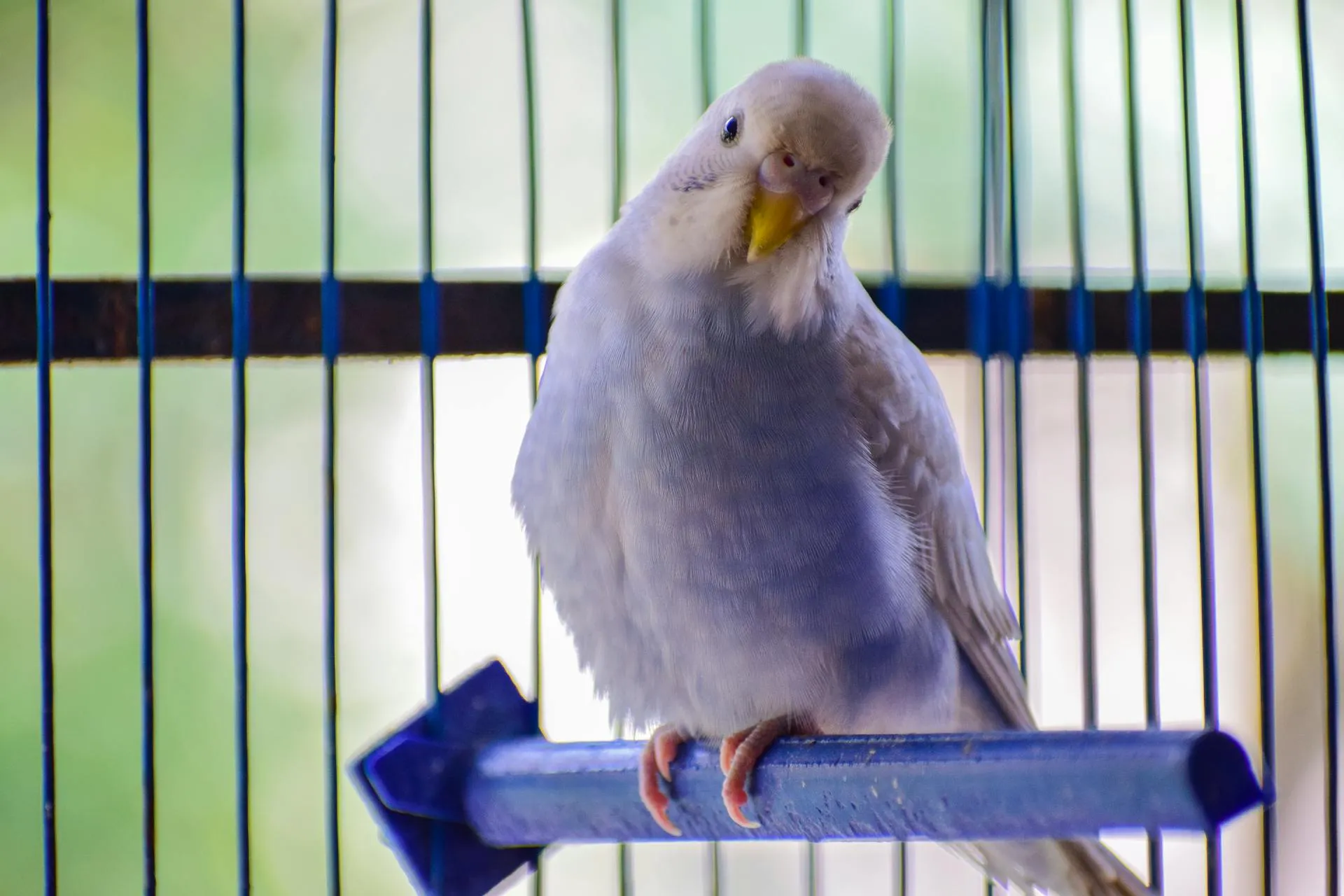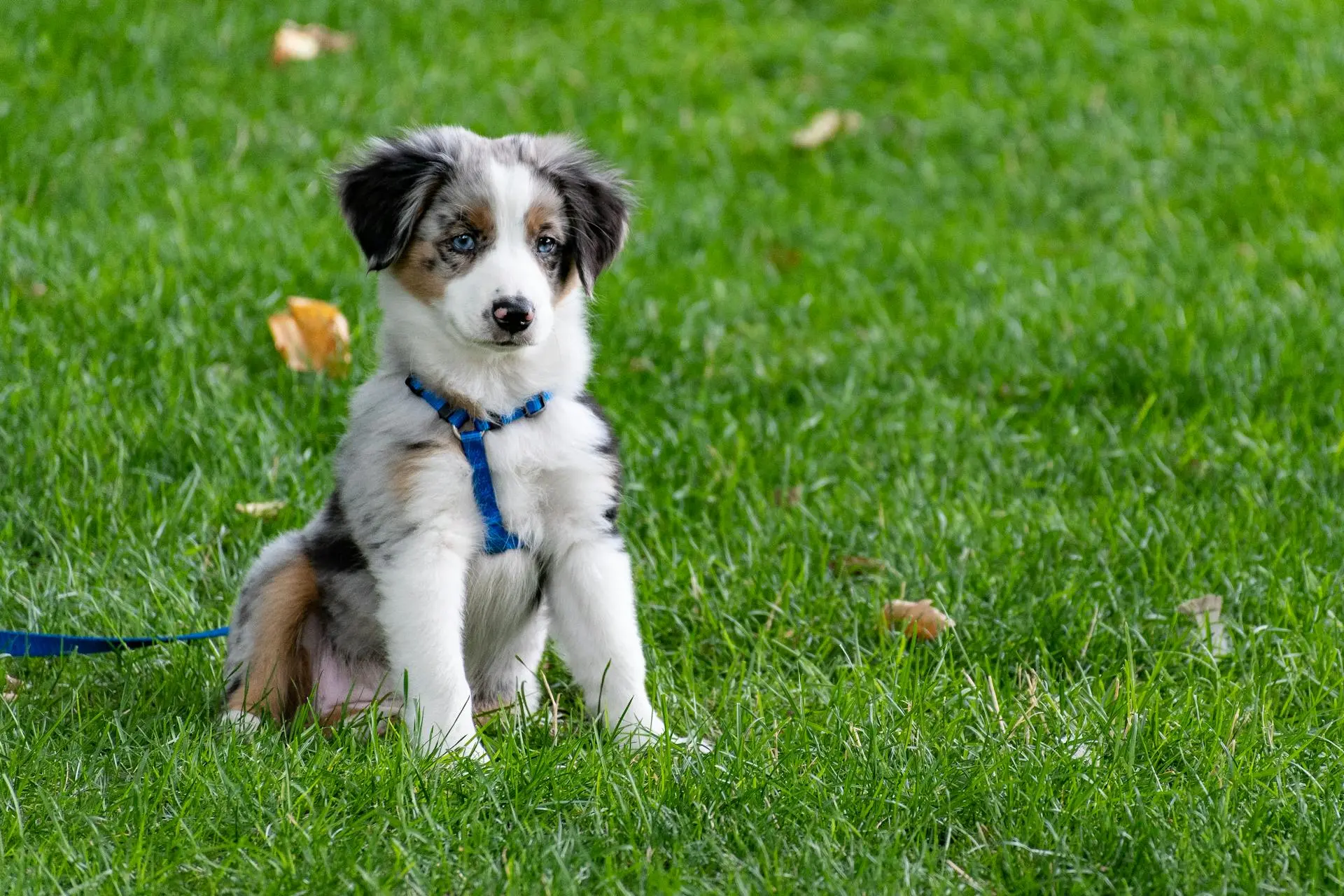Are you planning to take your pet with you on a trip soon? Whether you’re planning a weekend road trip or flying across the country, traveling with pets takes more than tossing a leash in the car. From safety preparations to comfort strategies and destination planning, traveling with your pet requires thoughtful preparation. This guide from a Middletown, DE vet covers how to travel safely and comfortably with pets, so both you and your furry companion can enjoy the journey.
Preparing Your Pet for Travel
Just like people, pets need time to adjust to new environments and routines. Start by getting your pet used to their carrier or car restraint system ahead of time. Take short test drives and see how they handle motion. You can also try leaving the carrier out, so they get used to it.
Make sure your pet is up to date on vaccinations and parasite prevention. If you’re crossing state lines or flying, you may need a health certificate from your vet. Check with airlines or state regulations ahead of time.
Also, be sure your pet is microchipped and wears a collar with an up-to-date ID tag. Even the calmest animals can get spooked in unfamiliar places. This could make a huge difference.
Choosing the Right Travel Gear
The right equipment makes all the difference. Here’s what to pack and why:
- Carrier or crate
- Collapsible bowls and water bottles
- Favorite blanket or toy
- Waste bags or litter supplies
- Medications and medical records
For air travel, check specific carrier and crate requirements for your airline, including weight limits, ventilation standards, and any breed restrictions.
Tips for Traveling with Pets by Car
Road trips are often the easiest option for pet travel.
Here are some tips to make it smooth:
- Keep your pet safely restrained using a carrier or pet seatbelt.
- Never let your pet ride in the front seat or sit on your lap while driving.
- Stop every 2–3 hours for bathroom breaks, water, and a quick walk.
- Never leave your pet alone in a parked car, especially in warm or cold weather.
- Bring a familiar blanket or toy to reduce stress and anxiety.
If your pet is prone to motion sickness, talk to your vet about anti-nausea medication. Feeding light meals before the trip can also help.
Tips for Flying with Pets
Flying can be stressful for both you and your pet.
Here’s how to make it safer and more comfortable:
- Book a direct flight whenever possible to minimize time in transit.
- Confirm whether your pet can travel in the cabin or must go in cargo.
- Arrive early to allow time for check-in and last-minute needs.
- Attach a label to your pet’s carrier with your contact info, destination, and feeding schedule.
You can ask your vet about sedation options, though this may not be the best option for all. Instead, focus on crate training and minimizing stress with familiar items.
Finding Pet-Friendly Lodging and Destinations
Not all hotels or rental properties welcome pets. Look for accommodations that are pet-friendly and read reviews from other pet owners. Some places offer amenities like pet beds, welcome treats, or nearby walking trails.
Use pet-focused travel apps or websites to find:
- Pet-friendly hotels and campgrounds
- Dog parks and trails
- Emergency veterinary clinics along your route
Also be aware of any pet restrictions at your destination, such as breed-specific laws or leash requirements.
Keeping Your Pet Calm and Comfortable on the Go
Travel can be overwhelming for pets, so it’s important to help them stay relaxed. Keep routines consistent—feed meals on schedule, offer regular potty breaks, and provide lots of praise and affection.
Bring a supply of their regular food and a few comfort items from home. Avoid introducing new treats or foods that might upset their stomach. For anxious travelers, calming supplements or pheromone sprays can help. Your Middletown, DE vet can recommend safe, travel-friendly options.
FAQs About Traveling with Pets
- Is it safe to sedate my pet for travel? Only under veterinary guidance. Sedation can affect breathing and should be used cautiously.
- Can I feed my pet right before a trip? For long trips, feed a light meal 3–4 hours beforehand to reduce nausea.
- How do I manage bathroom breaks on long flights? Use absorbent crate liners or pet diapers for in-cabin or cargo travel. For road trips, plan regular stops.
Final Thoughts: Make It a Great Trip for Both of You
With proper planning, your pet can be a happy and safe travel companion. Prepare thoroughly, pack smart, and always prioritize your pet’s comfort and well-being. Whether you’re traveling by road or sky, these strategies will ensure smoother, stress-free adventures together.
Contact Our Middletown, DE Pet Hospital
Planning a trip with your pet? Schedule a pre-travel exam with our Middletown, DE veterinary team. We’ll help make sure your pet is healthy, protected, and ready to travel with confidence.







!Social Media Icons